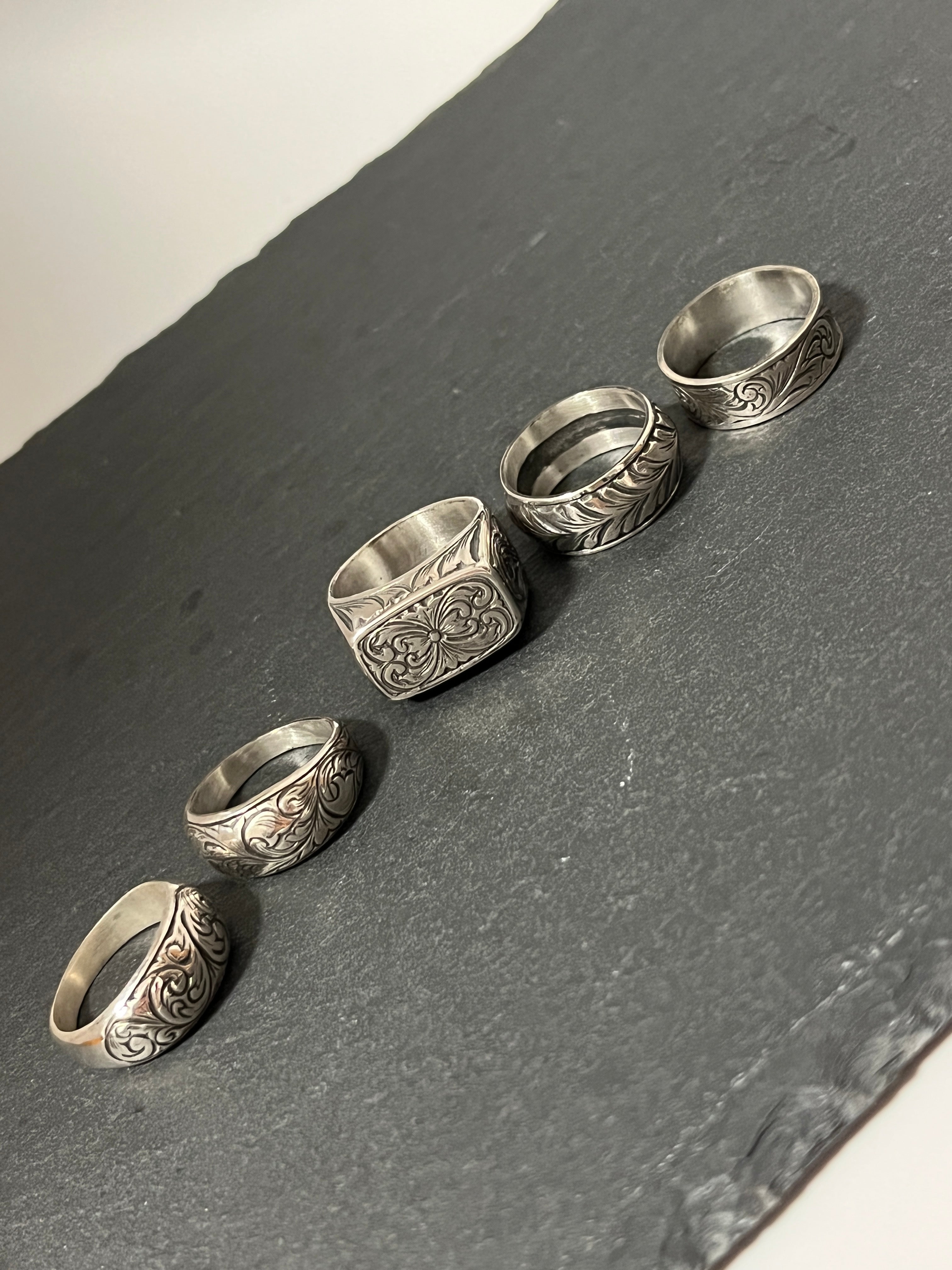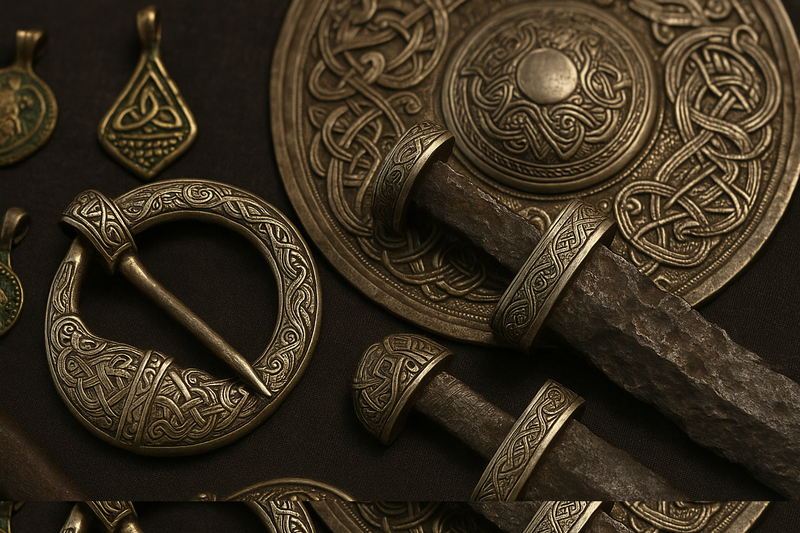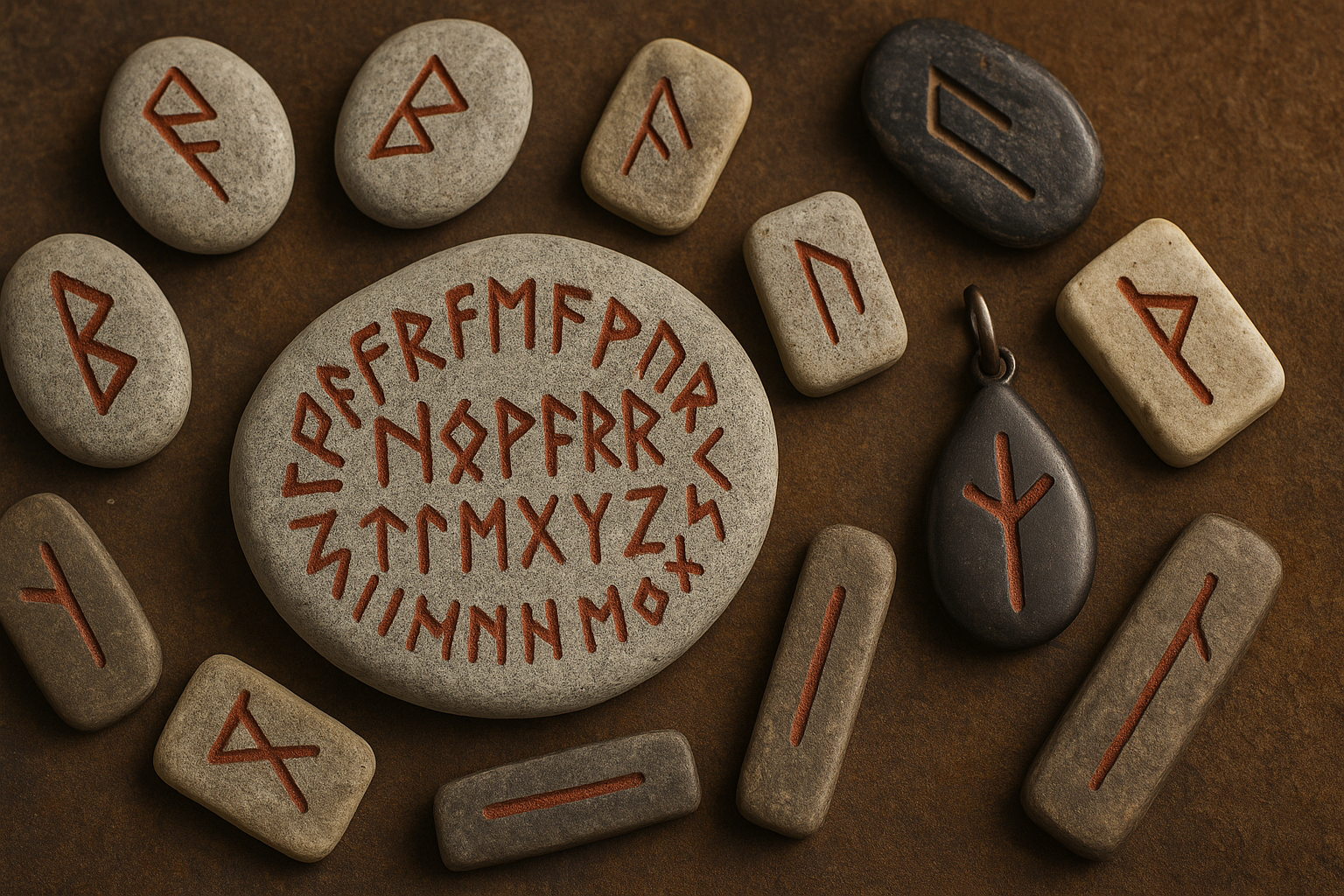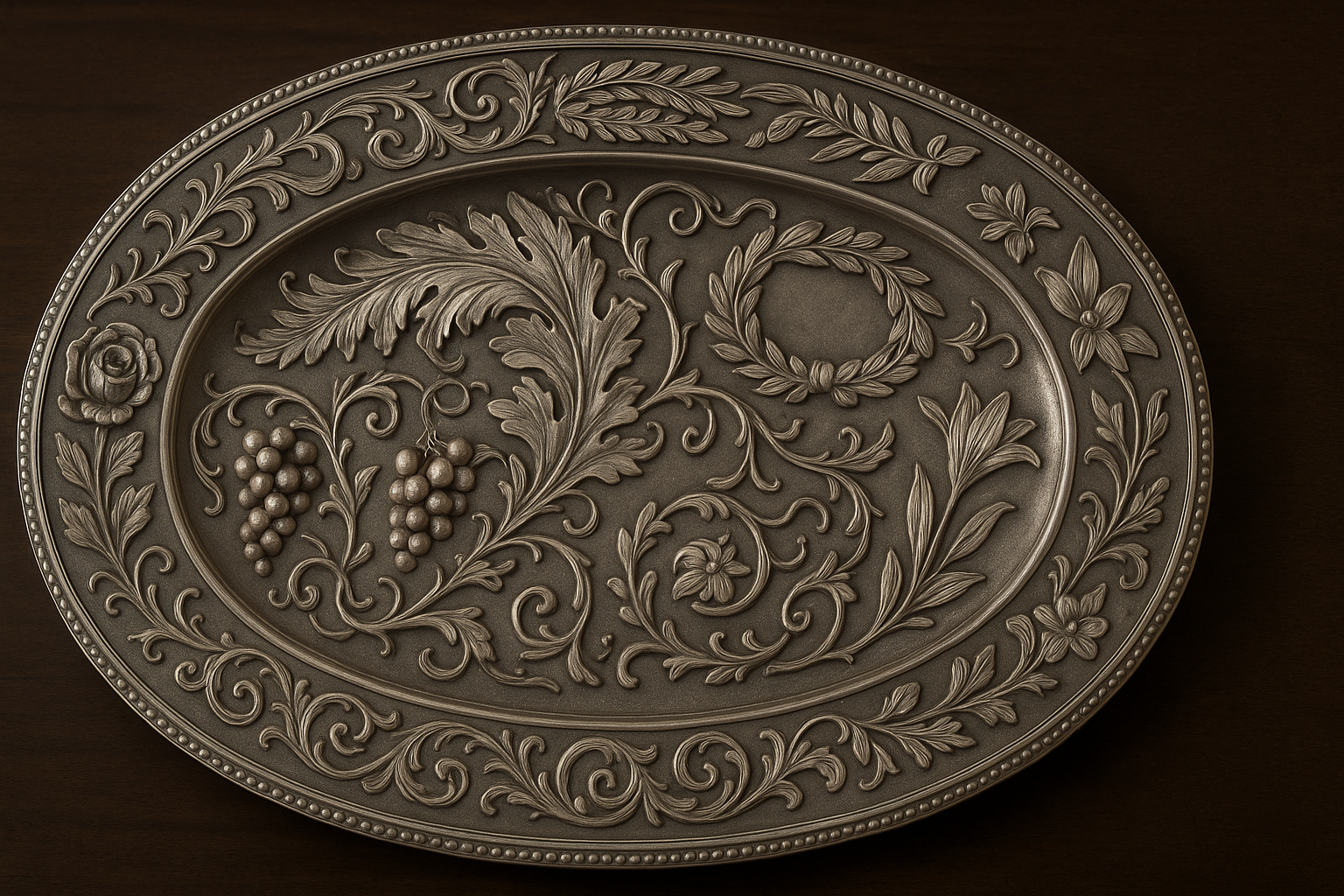

The symbolism of animal motifs in Viking decoration: beliefs and spirits embodied in crows, wolves, and dragons
Viking animal motifs

In Scandinavia during the Viking Age (around the 8th to 11th centuries), decoration was not simply an aesthetic expression, but an important symbolic medium that represented faith, protection, and clan pride.
Animal motifs in particular are deeply connected to Norse mythology and nature worship, and were used as amulets that embodied people's spiritual world.
Crows - Odin's messengers of wisdom and memory
Odin, the chief god of Norse mythology, is accompanied by two ravens, Huginn (thought) and Muninn (memory).
They were said to travel around the world gathering information and reporting it to the gods (see the Poetic Edda and Grímnir's Song).
Symbolism
Crows symbolize wisdom, insight, and divine protection , and at the same time, their flight over the battlefield was seen as an omen of death and victory .
Decoration example
Crows were engraved on armor, brooches, and pendants and were considered talismans that brought knowledge .
In particular, crow designs have been found in excavated examples such as helmet ornaments excavated from Valsgård in Sweden.
The wolf—destructive and loyal
The wolf appears in Norse mythology as Fenrir, feared as the being that will destroy the gods in the final battle of Ragnarok.
But the wolf is more than just a destroyer; it also represents strength, loyalty, and the instinct for survival .
Decoration example
Torques and clasps shaped like wolf heads were made as a symbol of warrior courage and loyalty to the clan.
Motifs of wolves biting each other have been found in excavated examples from Norway and Denmark, and are considered to be symbols of protection and unity.
duality
Wolves are a source of fear, but at the same time, they are the embodiment of power that warriors aspire to.
It is this duality of destruction and rebirth that gives depth to the symbolism of Viking decoration.
The dragon - a symbol of wealth and protection
Dragons in Norse folklore often appear as guardians of treasure.
A typical example is the dragon that appears in the epic poem "Beowulf," which is a guardian of treasure and also a symbol of wealth and curses.
Dragon figurehead
The prow of the Viking ship (Dracul ship) was decorated with a carved dragon head.
It is said that this symbolizes protection during voyages, intimidation of enemies, and warding off evil spirits.
A real example can also be seen on the Oseberg Ship near Oslo.
Decoration example
Dragon designs were also widely used on brooches, clasps, and belt fittings made of silver and bronze.
They were used as talismans to pray for protection of wealth, prosperity of the home, and protection from enemies .
Spirituality in the decoration
Crows, wolves, and dragons in Viking decorative culture are not just animal representations;
- Wisdom and Memory (Crow)
- Strength and Loyalty (Wolf)
- Wealth and Protection (Dragon)
These three pillars represent the warrior's spirit, faith, and family pride.
Through their shapes and patterns, ornaments connected the world of myth with reality, and served as spiritual amulets where faith and everyday life intersected .
summary
In Viking decoration,
- Crows are messengers of wisdom and god
- Wolves are strength and loyalty
- Dragon represents wealth and protection
Understanding these motifs is key to accurately interpreting the spirituality and decorative aesthetics of Viking culture.
